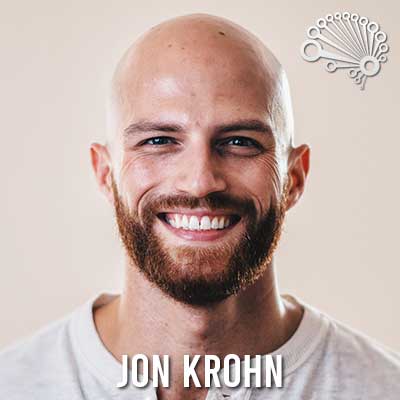Welcome back to the FiveMinuteFriday episode of the SuperDataScience Podcast!
Today, we’re talking about the learnings from a book called Atomic Habits.
In 2013, I was on a packed coach bus, sitting beside a burly guy — an entrepreneur — to whom I got talking. He explained to me the process he utilized to fulfill his long-term passion goals. For example, he aspired to become a writer and committed to writing two blog posts a week devotedly. This process-oriented approach is a type of approach that says quantity will eventually lead to quality results for building skills and habits. Want to be good at something? Commit to doing it, whether you feel ready or not, and watch your quality over time. A great example? Simply showing up to the gym a certain number of days per week rather than chasing an ideal weight goal can do way more for you.
After that train ride, I checked and subscribed to this guy’s blog, and, true to his word, he blogged twice a week — every Monday and Thursday — without fail. Sometimes his blogs were long, sometimes they were short, once, or twice it was simply a couple of sentences. He never let the habit slip over years. And it paid off for him. That guy on the bus, James Clear, has over a million blog subscribers and has a New York Times best-selling book called Atomic Habits.
The book contains numerous data-backed tips and guides on molding yourself into the person you wish to become. I’ve given the book to many family and friends and can honestly say I’ve loved it. But, rather than spend an hour explaining it to you, I’ve condensed it into three primary takeaways that I hope gets you excited to check it out for yourself:
- Shift yourself from a goal-oriented mindset to a process-oriented one. If you’re a data scientist into writing software, commit to uploading one line of code or more to GitHub every day.
- Focus on small, easy to enact behavioral shifts that compound. In the above example, it’s so easy that it’s hard to come up with an excuse not to do it.
- There are countless specific concrete techniques in the book. There’s a lot you can do, change environmental cues, stack your habits, and so on, to nudge yourself further along.
I’d like to devote more time to these habits in future episodes, but for today I’ll close out with this one: not breaking the chain. This involves using a visual cue of habit continuity to keep yourself motivated. An example? If we follow the scenario above, GitHub utilizes a heatmap based calendar to track your progress. You can endeavor to never break the chain of days color-coded to signify your practice.
ITEMS MENTIONED IN THIS PODCAST:
DID YOU ENJOY THE PODCAST?
- How can you utilize some of the above practices to solidify your creative, professional, or personal processes?
- Download The Transcript



